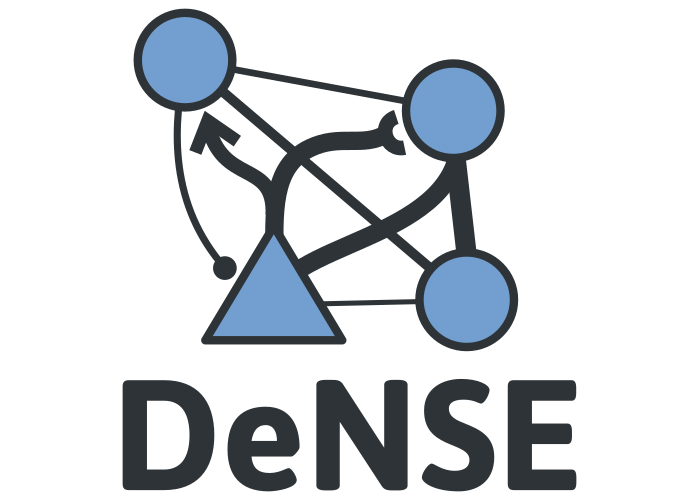Steering component¶
This model component is responsible for the integration of both the spatial information (which elements are present in the surroundings? how strong are the affinities in the different directions?) and the biophysical properties of the neurite (the rigidity of the microtubule shaft…). It is used together with the Extension component and the Direction selection component to provide a complete model for the growth cone elongation and navigation.
To understand how the spatial information (the affinity of each filopodia for the substrate below it) is computed before being passed to the growth cone, see Environment and geometry.
Taking both information into account, the steering component computes the probability of each direction to be selected for the next step.
The steering component can be one of the following implementations.
Pull-only¶
This implementation only takes the spatial information into account: the direction probability is directly proportional to the affinity of the filopodia for what it is currently in contact with.
Thus for each filopodia \(i\), the probability of going in its direction \(\theta_i\), given that is has an affinity \(a_i\) for the substrate beneath it is given by:
For the detailed implementation, see
growth::PullOnlySteeringModel.
Memory-based¶
This algorithm is a reimplementation of the one used by NETMORPH [Koene2009]. In this model, the previous direction of the growth cone is stored in a memory variable \(\theta_m\) and increases the probability of choosing the filopodia \(f\) such that \(\forall i \neq f, \vert \theta_i - \theta_m \vert \geq \vert \theta_f - \theta_m \vert\).
\(\theta_m\) is the angle associated to the memory vector \(\mathbf{e_m} = (x_m, y_m)\), defined as:
where \(V_i\) is the admimensionned volume of the \(i\) is the adimensionned distance from the tip to the center of the element, \(\mathbf{u}_i\) is the unit vector associated to the element and going towards the tip, and \(n_{cut}\) is the number of the element that is at a distance greater than \(d_{cut}\) (either user-defined, or, by default, such that \(d_{cut}^{-p} = 10^{-4}\)).
The affinity for the chosen filopodia \(f\) is modified into
where \(I_m\) is the memory influence.
For the detailed implementation, see
growth::MemBasedSteeringModel.
Self-referential forces¶
This last scheme reproduces the algorithm developed in [Memelli2013] and implemented in [Torben-Nielsen2014], where the objects sensed by the growth cone, as well as the rigidity of the shaft, are modeled by “forces” acting on the growth cone.
The implementation provided in DeNSE consists in a modified version of this algorithm which corrects some error-prone mechanisms present in the original scheme.
References¶
- Memelli2013
Memelli, Torben-Nielsen, & Kozloski (2013). Self-referential forces are sufficient to explain different dendritic morphologies. Front. Neuroinform. 7, 1.
- Koene2009
Koene, Tijms, van Hees, Postma, de Ridder, Ramakers, van Pelt, & van Ooyen (2009). NETMORPH: a framework for the stochastic generation of large scale neuronal networks with realistic neuron morphologies. Neuroinformatics, 7(3), 195–210. https://doi.org/10.1007/s12021-009-9052-3
- Torben-Nielsen2014
Torben-Nielsen, & De Schutter (2014). Context-aware modeling of neuronal morphologies. Frontiers in Neuroanatomy, 8(September), 92. https://doi.org/10.3389/fnana.2014.00092
